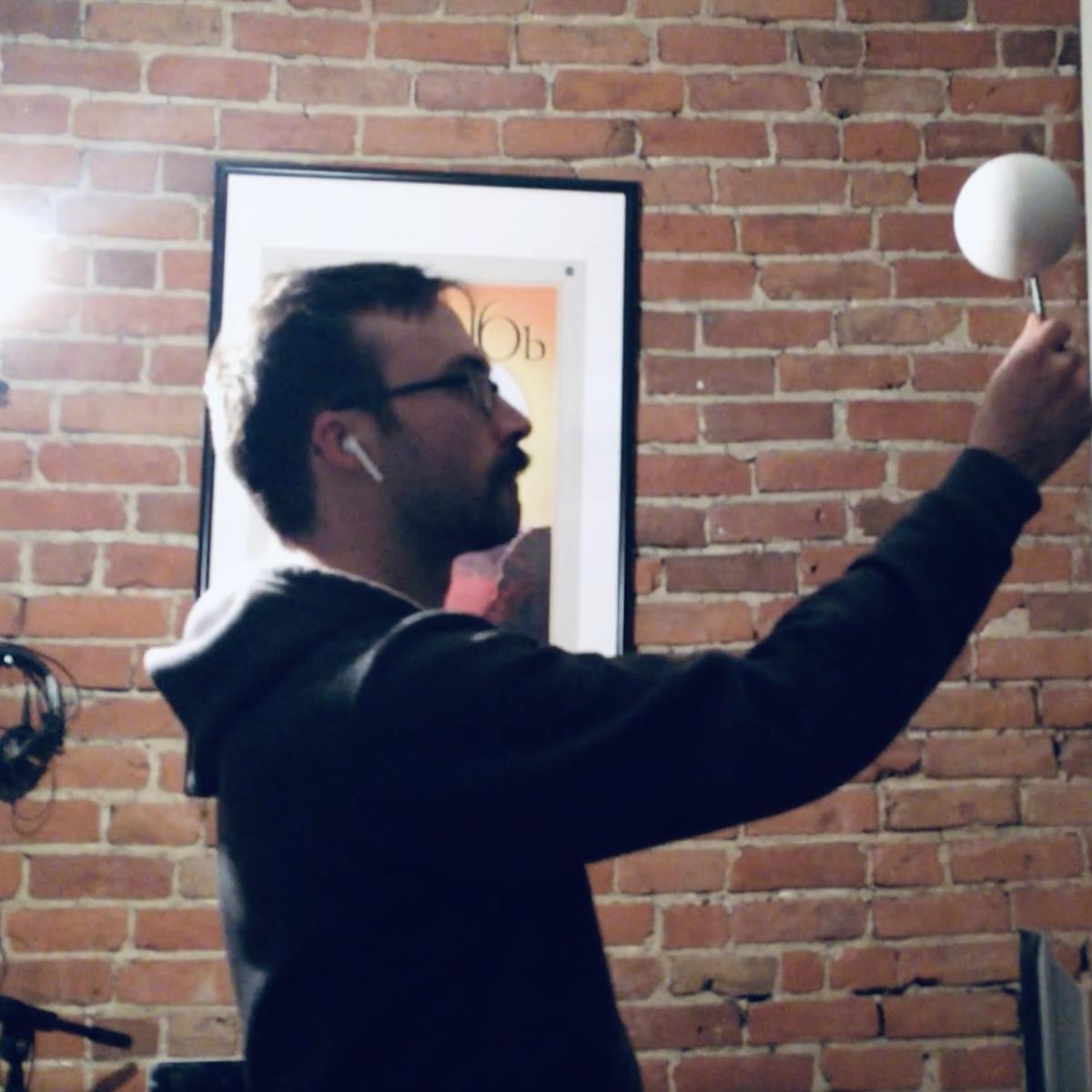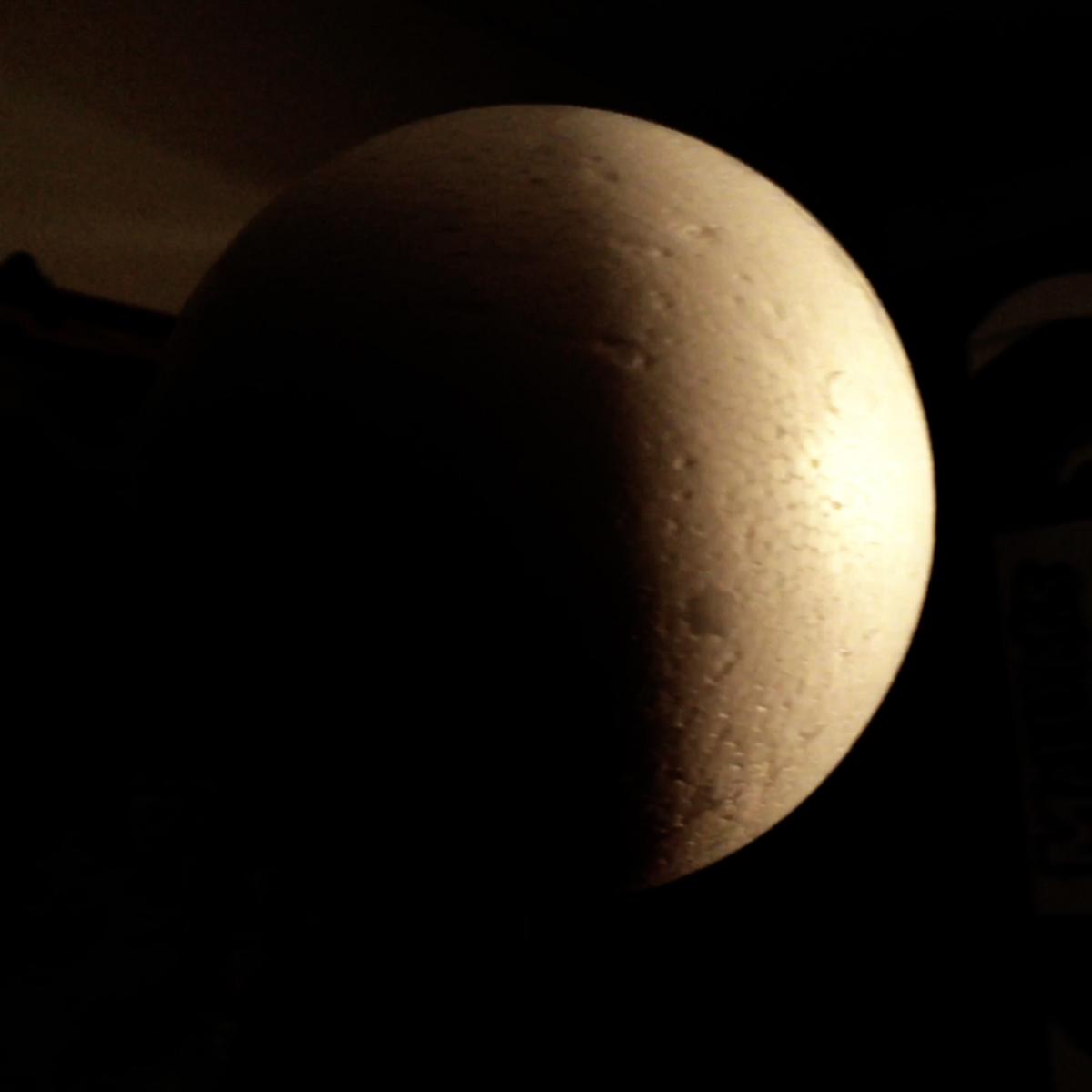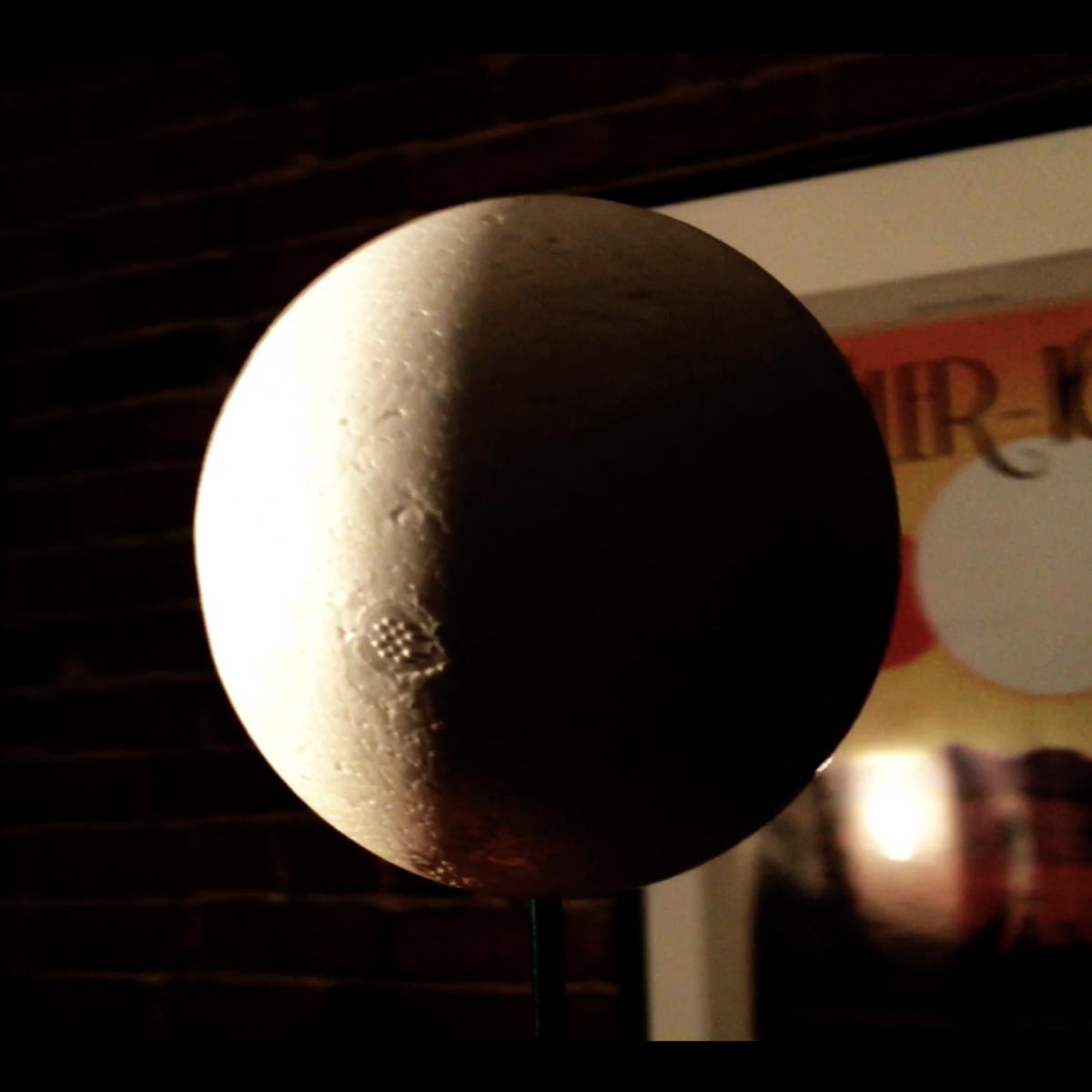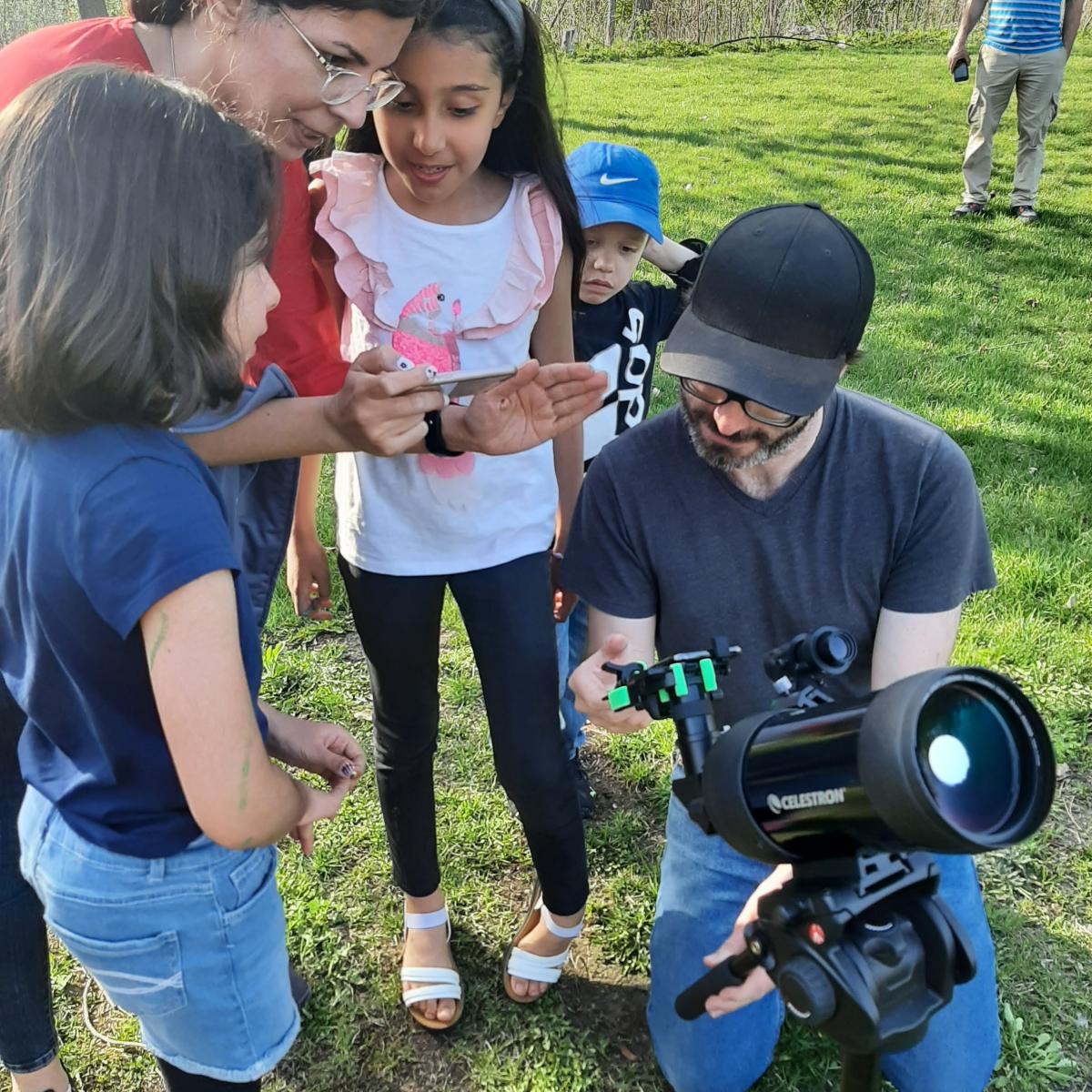Understanding Moon Phases
Learn why the Moon appear to looks different each day and night
In this STEM activity, students will learn about the phases of the Moon and why it appears different over the course of a month.
Basics
- Duration: 1 hour (45 minute presentation, 15 minute question period)
- Ages: 8+
- Price: $200
- Location: in person in Montréal, or remote/virtual
Québec Curriculum Connections
Science and Technology
Earth and Space
D. Systems and interaction
- 1. Light and shadow
- a. Describes the influence of the apparent position of the sun on the length of shadows
- 2. System involving the sun, the Earth and the moon
- a. Associates the sun with the idea of a star, the Earth with the idea of a planet and the moon with the idea a natural satellite
Science and Technology
Material World
A. Matter
- 1. Properties and characteristics of matter
- e. Describes the shape, colour and texture of an object or a substance
- Distinguishes between the mass (quantity of matter) of an object and its weight (gravitational force acting on the mass)
B. Energy
- 1. Forms of energy
- a. Describes different forms of energy (mechanical, electrical, light, chemical, heat, sound, nuclear)
- b. Identifies sources of energy in his/her environment (e.g. moving water, chemical reaction in a battery, sunlight)
Earth and Space
B. Energy
- 1. Sources of energy
- a. Explains that the sun is the main source of energy on Earth
C. Forces and motion
- 1. Rotation of the Earth
- a. Associates the cycle of day and night with the rotation of the Earth
D. Systems and interaction
- 2. System involving the sun, the Earth and the moon
- b. Describes the rotational and revolutionary motion of the Earth and the moon
- c. Illustrates the phases of the lunar cycle (full moon, new moon, first and last quarters)
- d. Illustrates the formation of eclipses (lunar, solar)
Science and Technology
Earth and Space
D. Systems and interaction
- 3. Solar system
- a. Recognizes the main components of the solar system (sun, planets, natural satellites)
- b. Describes the characteristics of the main components of the solar system (e.g. composition, size, orbit, temperature)
Science and Technology
Earth and Space
C. Astronomical phenomena
- 1. Concepts related to astronomy
- a. Universal Gravitation
- i. Defines gravitation as a force of mutual attraction between bodies
- c. Light
- i. Defines light as a form of radiant energy
-
ii . Describes properties of light (propagation in a straight line, diffuse reflection by surfaces)
-
iii. Explains different phenomena using the properties of light (cycles of day and night, seasons, phases of the Moon, eclipses)
- a. Universal Gravitation
-
2. Solar system
- a. Characteristics of the solar system
- i. Compares some of the characteristics of the planets in our solar system (e.g. distances, relative size, composition)
- b. Cycles of day and night
- i. Explains the alternation of day and night in terms of the Earth's rotation
- c. Phases of the Moon
- i. Explains the phases of the lunar cycle
- d. Eclipses
- i. Explains a lunar or solar eclipse
- a. Characteristics of the solar system
Science and Technology
Earth and Space
C. Astronomical phenomena
- 1. Concepts related to astronomy
- b. Earth-Moonsystem
- i. Describes the tides in terms of the gravitational effect of the Earth-Moon system
- d. Solar energy flow
- Describes the main factors that affect the quantity of solar energy that reaches the Earth's surface (e.g. reflection and absorption of solar energy by the atmosphere or surfaces)
- b. Earth-Moonsystem
What Your Class Will Learn
- how the Moon reflects light from the Sun
- how the Moon goes around the Earth each month
- names of the phases of the Moon (First Quarter, Full, Gibbous, etc...)
- why we see sometimes see the Moon in the afternoon and the morning
Group Activity
To teach how the phases of the Moon work, we'll be doing an activity using a styrofoam ball that will reflect the light from a bright bulb. This is a very simply but fantastic demonstration that really clicks with students
Materials Needed
- white styrofoam ball
- popsicle stick
- lightbulb
- dark room (the darker the better!)
See the Moon with a Telescope
If weather allows and the phase of the Moon is right, we'll head outside and look at the Moon through a telescope.
Book Now
Fill out the form below and let's get in touch! You'll receive an email confirmation, then I'll follow-up to confirm a date and anything special you'd like for your presentation.








